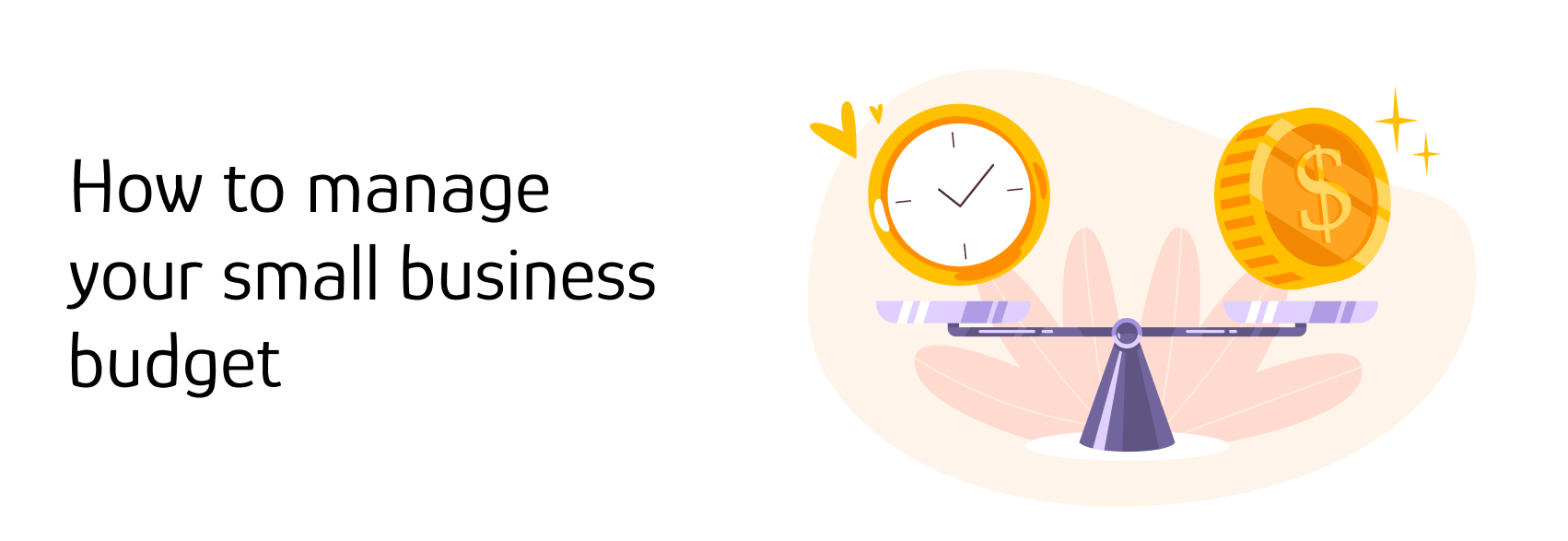
A small business owner has to be careful about the money that comes in and goes out, or they won't be able to keep their business afloat. It's important for you to know how much money you have available for expenses and what you can do with it. The first step is keeping track of your expenses as they come in so that you know how much money is left over after paying all of these bills each month.
Keeping track of your expenses is a key to managing your small business budget. You can easily do this by creating a spending plan, getting your paperwork in order and then creating a budget that reflects your income with all of its associated expenses. Once you have this information at hand, review it regularly and make any adjustments as needed.
A spending plan is a list of all the money you spend on your business, broken down by category and each month. You can use it to track how much money goes out of your pocket every month, so that when cash flow gets tight or unexpected expenses arise (like replacing a phone), you know what needs to be covered first.
The best way to make one is with pen and paper; just write down everything—even if it seems inconsequential—so that later on when things get tight, there will be no question which items need immediate attention first!
Also consider recording any receipts received after each transaction in order time periods such as "last week," "this month," etc., so they're easy add up later (and don't forget about those little ones!).<()
This is a long and tedious process, but it's necessary for you to stay on top of things. You need to keep track of receipts, expenses and income. This can be done by jotting down numbers in a notebook or spreadsheet as you go along.
Creating a budget is the first step in managing your business finances. It's important to remember that there are no “right” ways to do this. Instead, it's up to you and your accountant/accountant-in-training (AIT) how they want their budgets set up and managed.
The good news is that most small businesses have similar expenses so creating a budget for yourself or your company may take some time, but will ultimately save money by helping reduce waste and maximizing efficiency across the board! If you're new at all about creating financial statements like these next few examples I've shared here today then don't worry—we'll walk through each one together step-by-step through these videos below:
A small business owner has to be careful about the money that comes in and goes out, or they won't be able to keep their business afloat. This is called cash flow.
Cash flow is important because it helps you understand how much money is coming into your business, as well as how much money is going out of it each month.
The key to managing your small business budget is keeping track of everything that goes in and out of your company. This includes things like rent, utilities and other necessities. When there's a discrepancy between your expenses and income, it can be difficult to manage this successfully. But if you create a spending plan with specific goals in mind, it will help you stay on track with how much money goes where!
Even more blog post

Understanding the Small Business Landscape of 2024 In 2024, the small business landscape is profound...

Shopping small is one of the best ways to show your support for your local community! Supporting loc...

Introduction If you're in business, you probably know that Google is the most important search engi...

The distribution of hospitals in the USA by location is a critical aspect of the healthcare system....